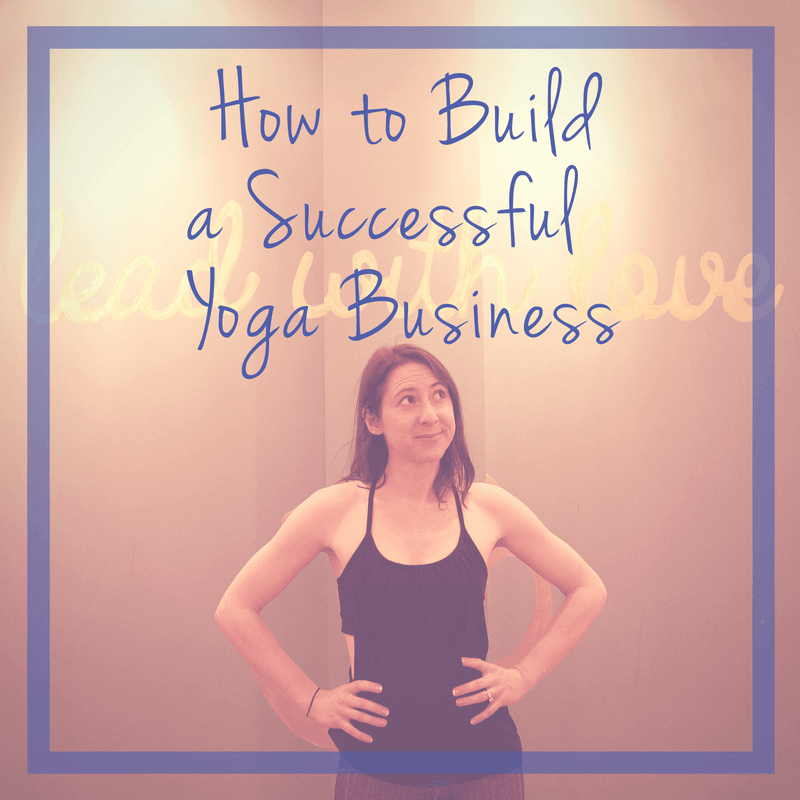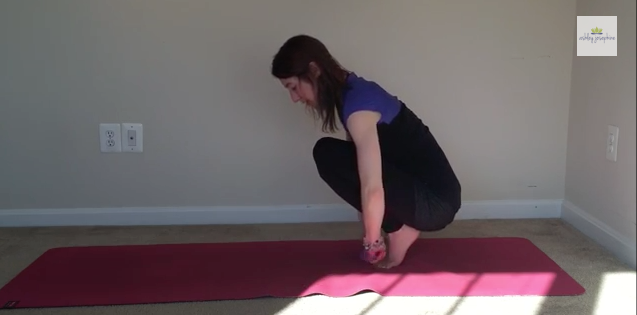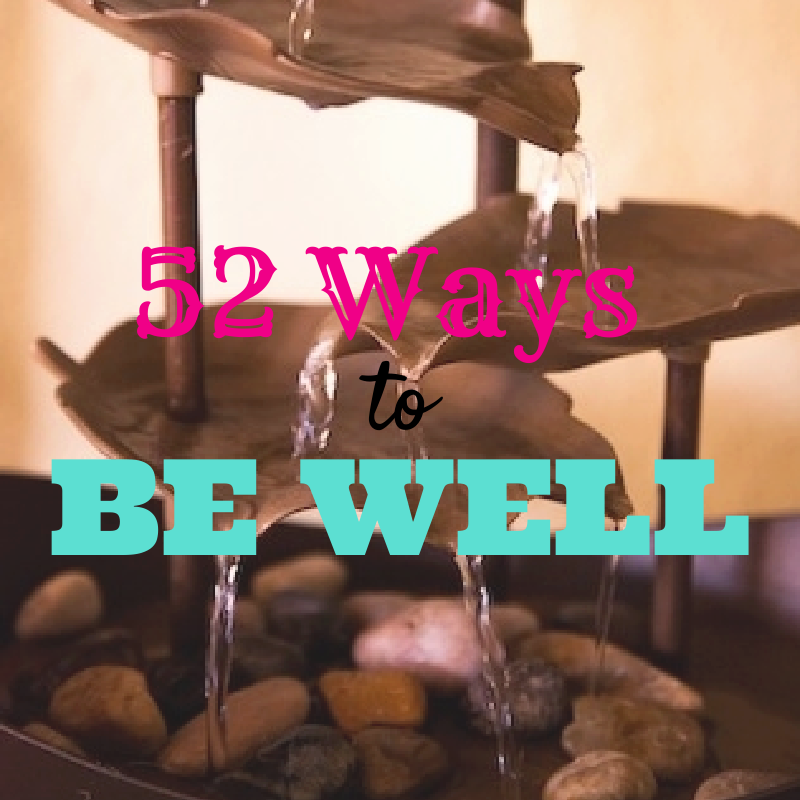This article was originally published on Yoganonymous.com.
Yogis can be great teachers and often have important information to share with others, but sometimes it’s hard translating the spoken word to an online platform.
The technical knowledge required to write, post, optimize and promote a blog post can be a big hurdle, not to mention time consuming and downright distracting.
Here are some great tips from Bloggy BootCamp Dallas, a one-day traveling conference for bloggers:
1. Be Authentic: Your voice is what makes you stand out as a teacher. Bring that to your blog and write about things that you care about, regardless of how others might perceive you. Don’t be afraid to be racy, klutzy, a beginner or anything less than perfect. Show yourself for who you really are and people will reciprocate respect.
2. Identify your niche: Are you teaching kids yoga, yoga for veterans or Kundalini? Every yoga teacher brings something different to the table and every yoga teacher will reach a different audience. If you’re a kids yoga teacher, write a blog for mom’s who are interested in keeping their kids fit and healthy and equipping them with lifelong skills at a young age.
3. You’re name is on the front door: You’re in control of your teaching. You own your voice. But this also means that anything you put out there into the world will reflect on your name. If you don’t want your name to be associated with cheap, confusing and tacky, then spend some time finding people who can help you design a professional, clean blog. The more you can define who you want to talk to, the more you can align your content with what they want to hear. This will help you become the go-to online expert in your field and make it easier for people to immediately know what you stand for.
4. Create a newsletter: Blogging and social media are great tools, but without a person’s email list, you’re not going to get very far. Social media is great for connecting with others and engaging in conversation. It is not the place to sell anything. Not products like T-shirts or DVD’s, and certainly not teacher trainings or workshops. People do purchase from email, though.
The instant nature of social media doesn’t give people enough trust in you or enough information to make an informed buying decision. An email allows them to do more research, provided you’ve pointed them in the right direction with links. Maybe someone likes reading your blog but doesn’t plan on ever buying anything from you; don’t underestimate the power of that subscriber’s opinions and circle of friends. You never know when someone will forward an email and do your job for you.
5. Tell your story: Humans are curious by nature. Even though you don’t think your personal story is all that interesting, it gives context to your teaching, your style and everything you bring to your practice. It helps you connect with others and makes you more relevant to anyone who can relate. Even though you think you had a messed up childhood, you might be surprised how many other people feel the same exact way. When a student connects with you and your story, he or she will be more likely to take a yoga class from you in the future.
6. Use social media to promote your posts: One of the presenters at Bloggy BootCamp, Kathy Bouska, asked, “If you write great blog posts, but no one ever sees them, do they even exist?” So many people forget that they need to actively promote their content in other places in order to get people to read their blogs. Post your blog links on Facebook, Twitter and any other social media profiles you have. Let your friends know and ask them to share it with their friends too.
7. Include pictures: More and more, social media is becoming a visual medium. We like to look at pictures, and our eyes are drawn to them. A good picture is worth a thousand words, right? Pay attention to images and use them on your blog intentionally. Then send them to your social media pages and repeat.
8. Get local: If you teach at a local studio, it’s a good idea to let the people that live in your town know all about you so you can fill your classes. Make your posts relevant to your neighbors and they’ll be more apt to trust you and your knowledge, even if what you write about is not directly related to yoga. A post about good places around town to practice yoga outside can get people more interested in what you have to say. Even though you might want to reach a worldwide audience, it’s easiest to connect with the people that live right next door! Don’t forget they probably have friends and family in other places too.
Plus, there is nothing more rewarding than building a community; to have them in two places at once (online and in-person) is magic. According to Holly Homer, a local Dallas, TX blogger, if you live in a small town, choose the closest major metropolitan city to adopt as your own and expand your reach (even if it is 500 miles away).
9. Learn a little more about SEO: Good search engine optimization (SEO) can increase traffic to your website overnight. One book recommended during Bloggy BootCamp Dallas was Kelby Carr’s Mom Blog SEO e-book. It’s meant to be an easy and quick introduction to teach you enough to get by and still pass Google’s SEO test.
10. Be patient: Building an online community can be an incredible tool to help you spread the practice of yoga around the world. But just as your life won’t transform after one yoga class, it takes a while to build an online community. Try not to get caught up or discouraged by your stats and analytics at first and always remember to be intentional. If you’re perfectly content teaching in your local studio and have no desire to go anywhere beyond your city limits, that’s cool.
Know that blogging might not be the thing for you. But if you are looking for ways to make a bigger impact, consider blogging as a long-term strategy for growing your practice and your income as a yoga teacher!





